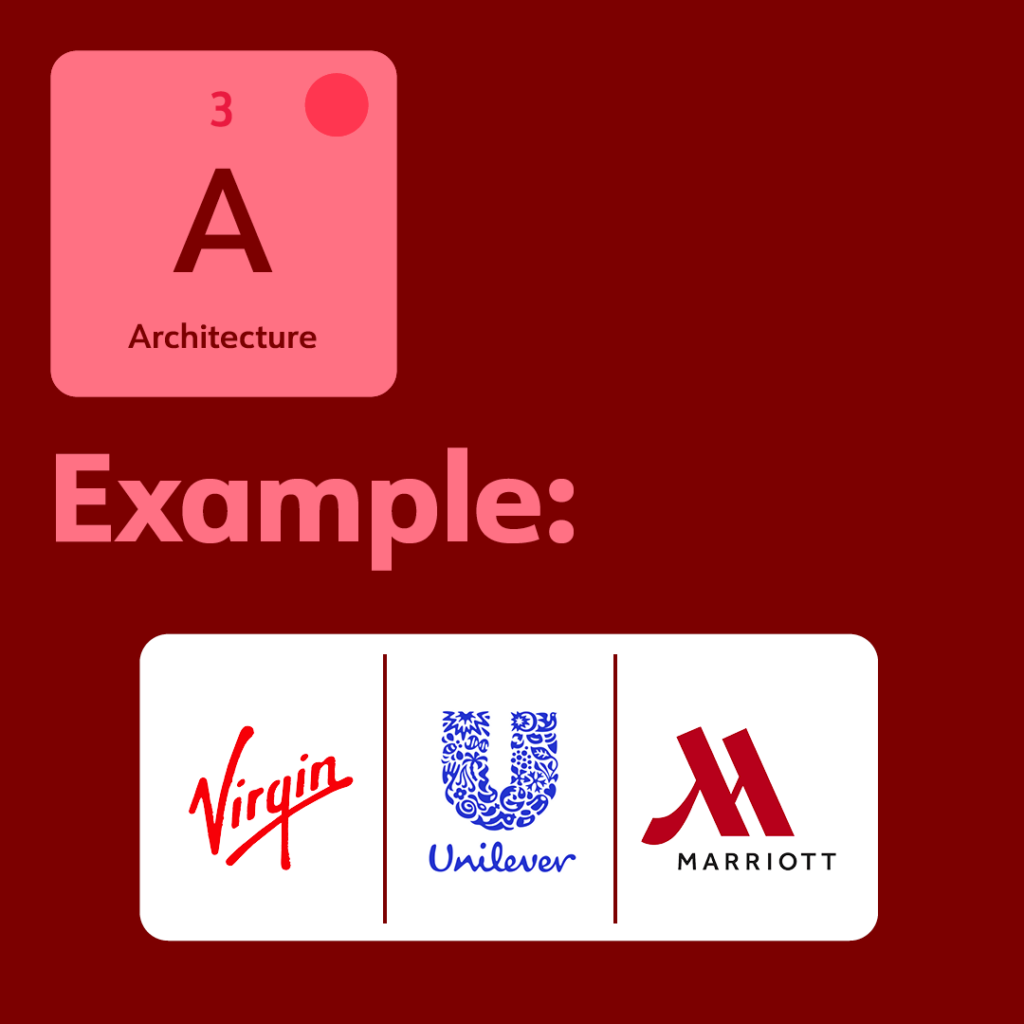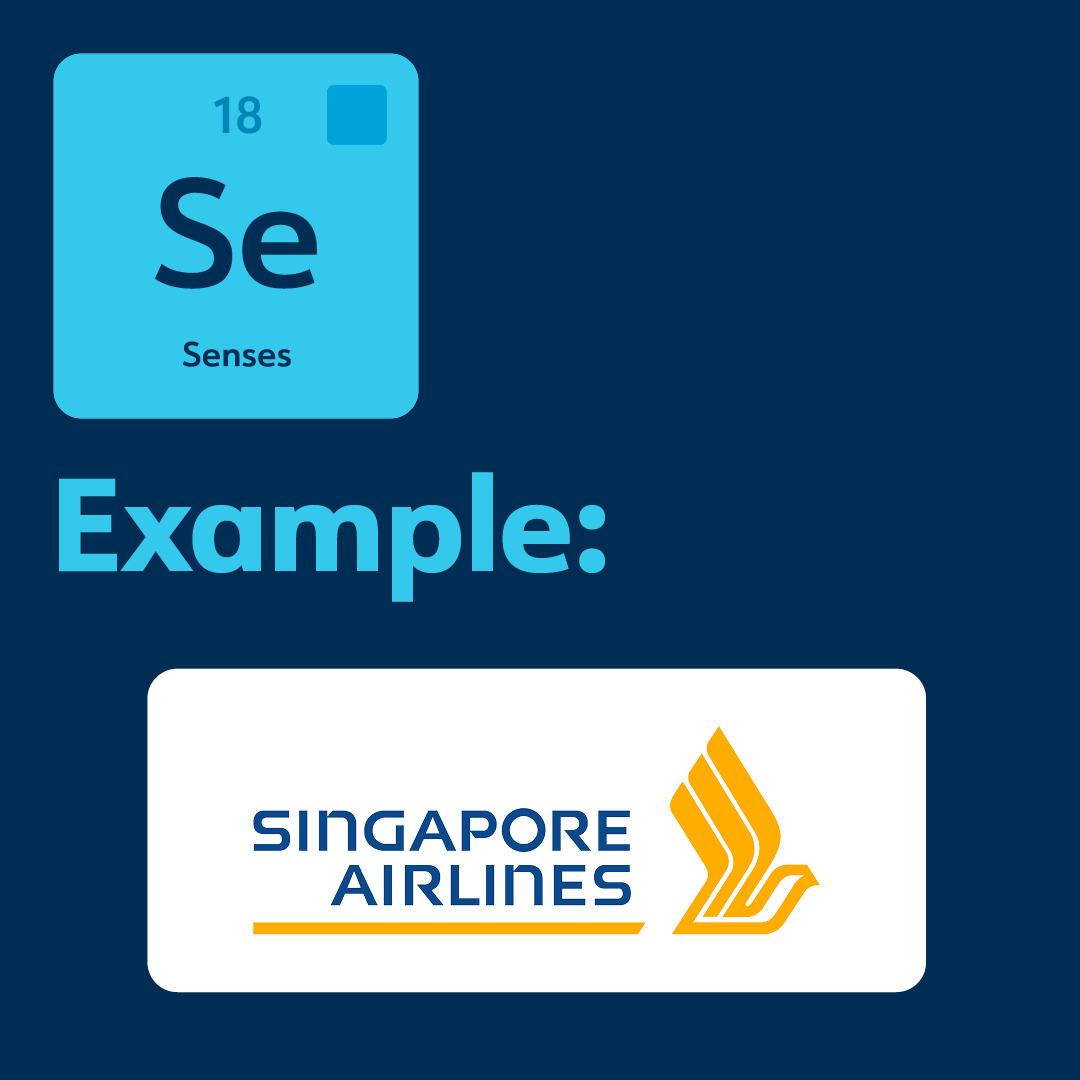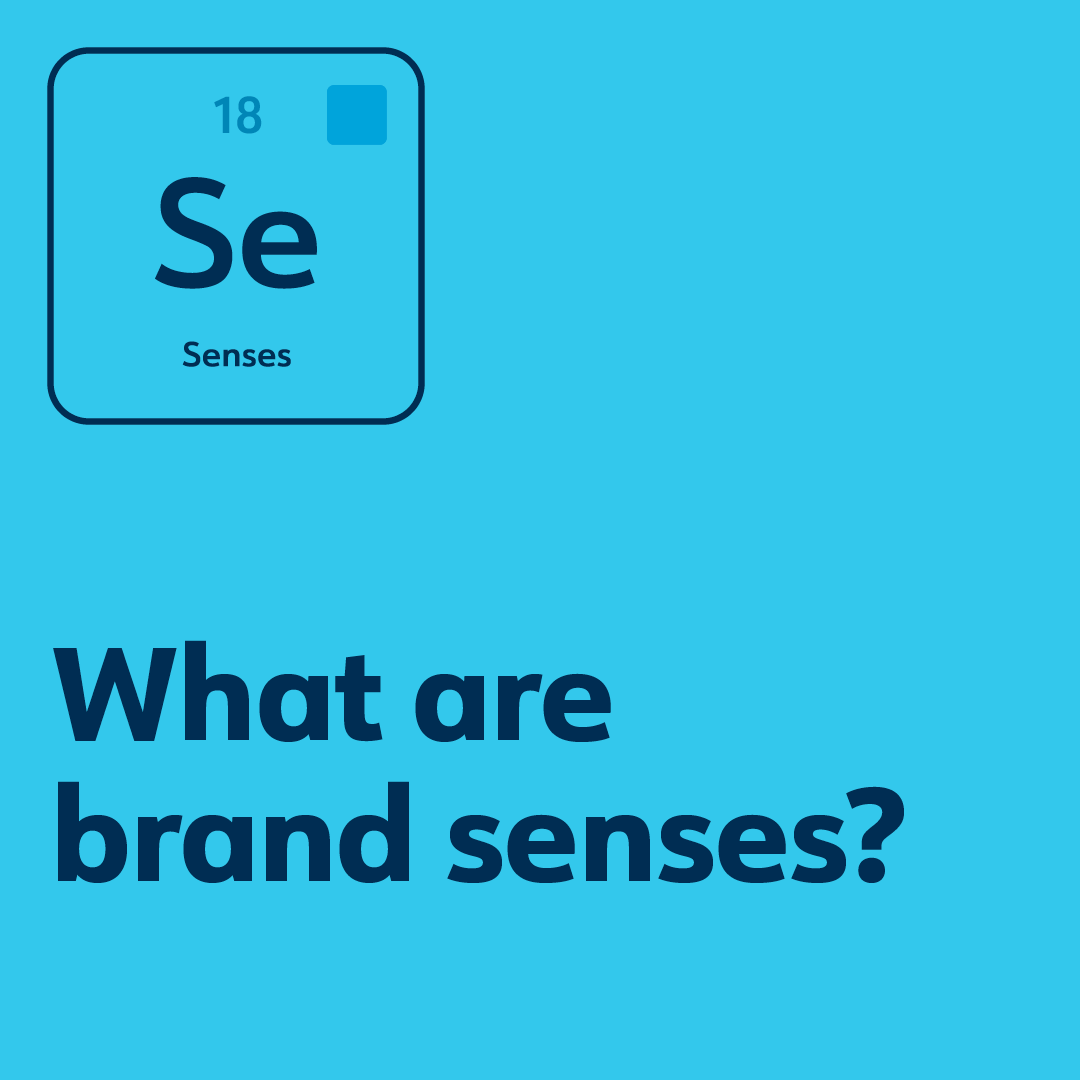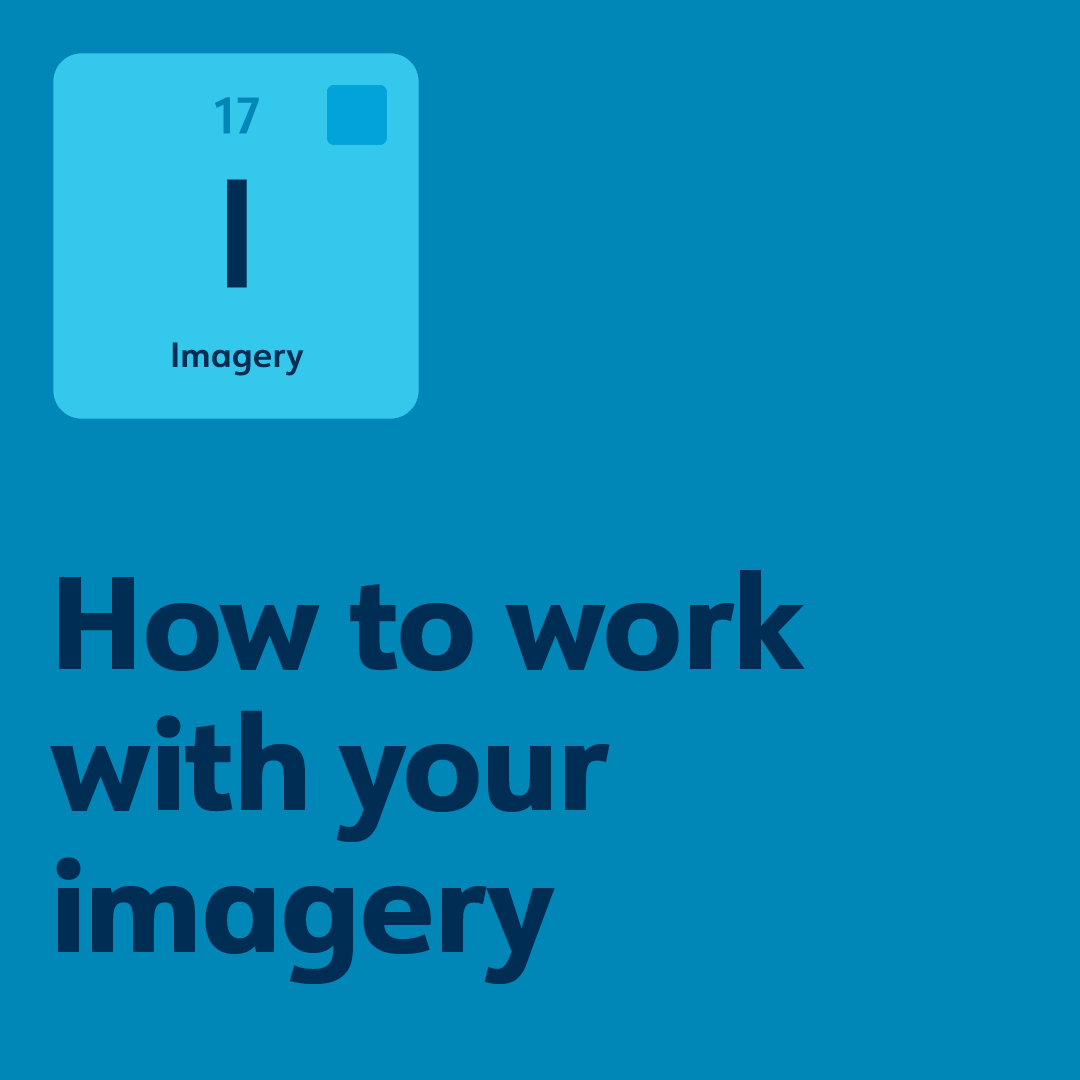
Brands can be arranged in a number of ways. Some companies have one brand, while others have several brands that work together. The way you structure your brands will reflect your business strategy and goals. Let’s take a look at three common examples:
Virgin is a branded house. The parent company has a number of different brands under its roof, including Virgin Atlantic Airways and Virgin Mobile. Each of these brands has its own unique identity, but they are all owned by the same parent company and work together to support each other’s growth.
Unilever is a house of brands. The parent company owns many different brands, including Axe/Lynx, Dove, Pond’s, and Vaseline. These brands share resources and support each other’s marketing efforts in order to build awareness across the entire Unilever family.
Marriott Hotels & Resorts is an endorsed brand. Marriott Hotels & Resorts operates more than 5,000 hotels worldwide under the Marriott name; however, each individual property is not owned by Marriott itself but rather by various franchisees who pay annual fees in exchange for using the name.
The different architecture types of these brands are based on their strategy. How your brand should be structured should align with your strategy, not on gut feelings or copying a well-known brand.
Which one is your brand? Download our Purpose Worksheet and write it down.



